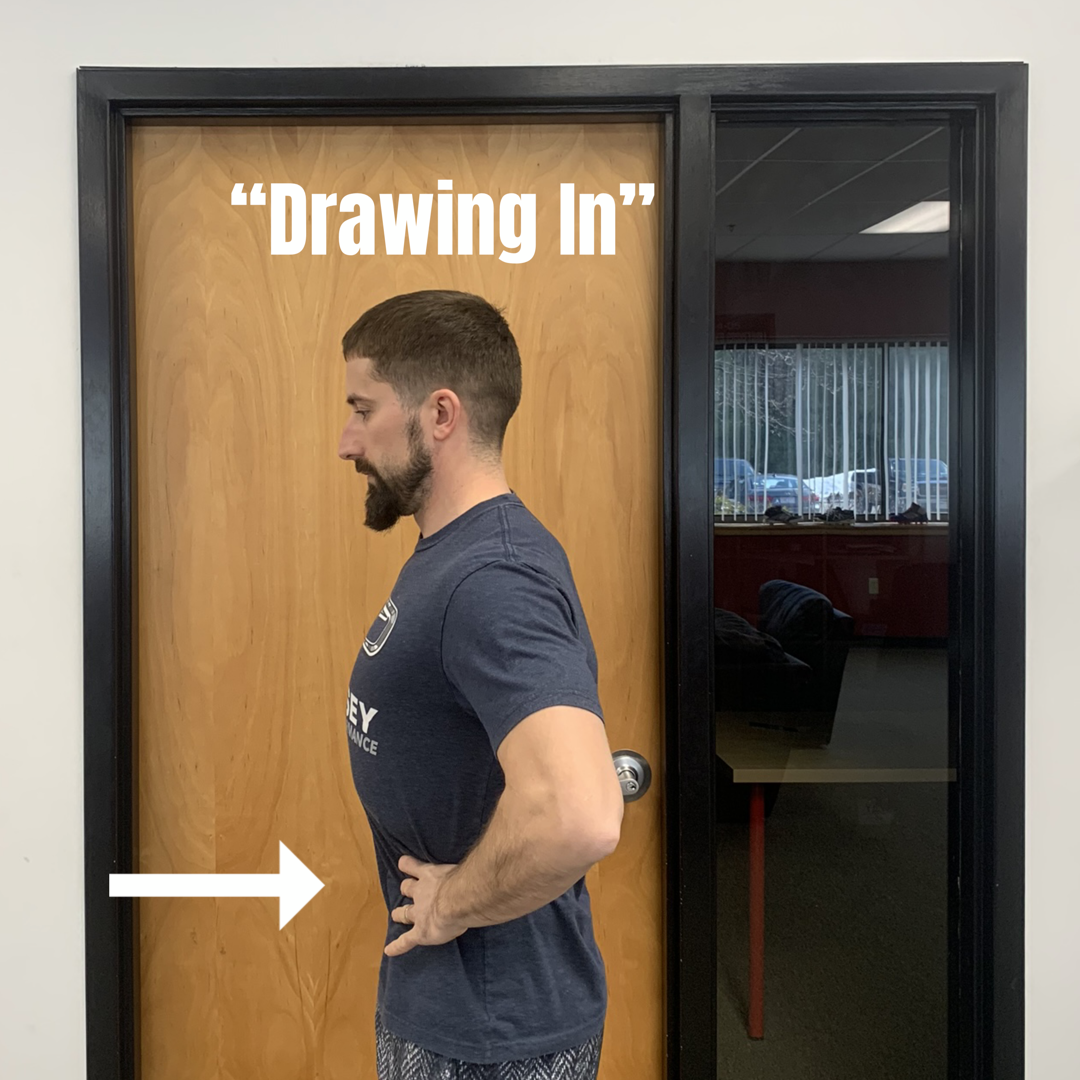Bulletproof Your Low Back Part III
Ever had low back pain? 80% of the population has had it at least once in their lifetime or will have it at least once. It is one of the most common diagnoses out there. It can range from people who are sedentary and don’t exercise to those who are very active.
The list of causes is very long and typically, there is never one cause and effect for low back pain.
You may have lifted something heavy off the floor at the gym and you “tweaked” your back, but that one instance most possibly had multiple preceding factors over the past week/month, etc. that lead up to that point.
For those who are active, whether it be an organized sport, recreational sport, or those just looking to move and feel better by going to the gym, it is very common to experience.
In the previous 2 posts HERE and HERE, I spoke about the importance of hip/thoracic spine mobility as well as trunk position and why they both matter
In today’s post, we are going to discuss the importance of creating good tension.
This term “creating good tension” can mean a lot of different things to different people.
Some people may think it is drawing their belly button in towards their low back to stabilize their spine.

Some people pull their stomach in as a form of stabilizing their low back.
Think of a radio tower on the side of the road. That radio tower has guy wires coming off of it that help to stabilize it from falling over. Those guy wires go out a far distance from the base of that tower.
Apply that same concept to bracing. If you draw your stomach in, you are basically bringing the “guy wires” in very close to the base and in turn, not stabilizing your core and spine as effectively as possible.
Some people just tense their abdominal musculature as another way of creating good tension. This is better than drawing in because tension is being created by isometrically contracting the abdominals, but it can be better.
The most ideal way to create good tension is by expanding 360 degrees by using our breath. When you take a deep breath, think of breathing into your stomach and expanding your abdomen in all directions.
By doing this, you are stabilizing similar to the radio tower analogy and maximizing the stability by broadening your base.
When you are training close to max and/or with heavy, higher ends of submaximal training, or maximal training, make sure to use your breath and brace 360 degrees to maximize your core/trunk stiffness. With the breath, you are engaging all the abdominal muscles and using the breath to increase pressure throughout
This can be a challenging concept to understand. One way I help my athletes and clients is by placing a stretch band around their abdomen.
When the athlete takes a deep breath in, if they do it correctly, they will feel it. By “feel it”, the band will provide some resistance when expanding the abdomen 360 degrees.
If the athlete doesn’t feel an increase in resistance and pressure from the band, they could be compensating through breathing into their upper chest and/or neck.
If you have been having low back pain or have a deal with it in the past, try addressing what you are doing when you breathe when you train and see if creating better tension can help!
